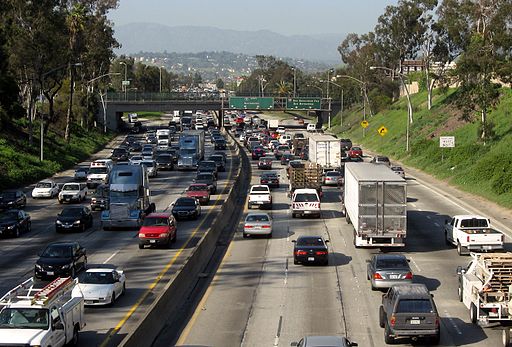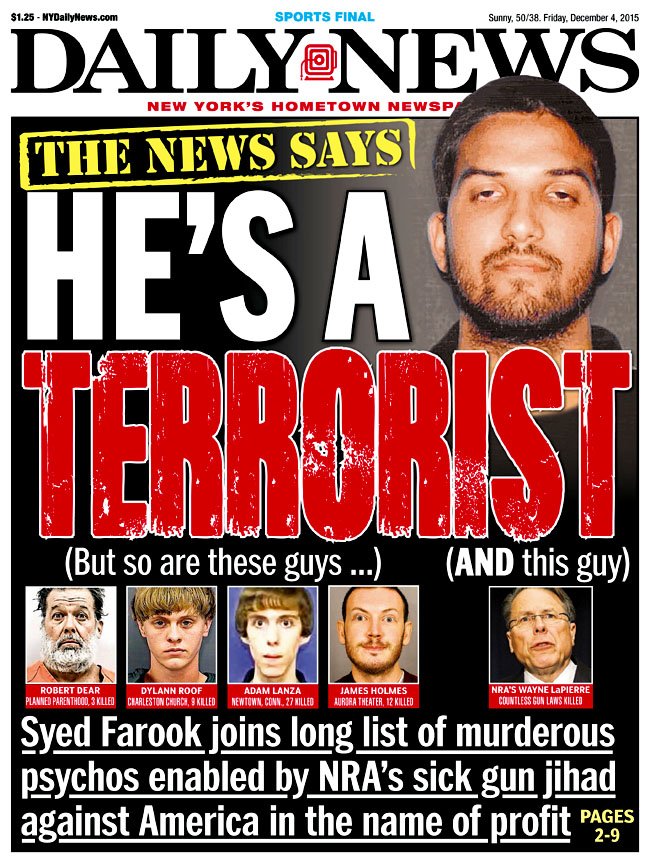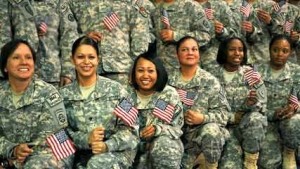 Do you remember when a few people suggested that Obama would crown himself dictator, run for a third term, confiscate all of the guns, etc., etc.? Now that the primaries and caucuses for the election of his successor are virtually complete, those fears seem to have dissipated, replaced with new fears, of course. And stoking fear happens across the political spectrum. Someone is taking away our opportunities (whether identified as immigrants or the superrich). Someone is trying to take away our vote (whether a particular party or campaign, SuperPACs or legislators through redistricting and new voting requirements). If the other party (whichever is other within the conversation) comes to power, they will take away vital rights (reproductive choice, second amendment, privacy, etc.). We are repeatedly told to be afraid. With all the talk of fear, it appears that the freedoms and quality of life in the United States hang by a thread.
Do you remember when a few people suggested that Obama would crown himself dictator, run for a third term, confiscate all of the guns, etc., etc.? Now that the primaries and caucuses for the election of his successor are virtually complete, those fears seem to have dissipated, replaced with new fears, of course. And stoking fear happens across the political spectrum. Someone is taking away our opportunities (whether identified as immigrants or the superrich). Someone is trying to take away our vote (whether a particular party or campaign, SuperPACs or legislators through redistricting and new voting requirements). If the other party (whichever is other within the conversation) comes to power, they will take away vital rights (reproductive choice, second amendment, privacy, etc.). We are repeatedly told to be afraid. With all the talk of fear, it appears that the freedoms and quality of life in the United States hang by a thread.
And yet, if we step back and think about it, our way of life is not as tenuous as some would lead us to believe. The horrific shooting in Orlando this past weekend is both tragic and scary, fanning our common fears of mass violence, especially among communities who feel targeted. While people discuss various aspects of the shooting and propose potential policies that might prevent it (depending on which cause they emphasize; homophobia, religious zealotry, access to guns, mental illness, . . . ), we need to remember that we are more likely to die in a traffic accident (as the signboard counts of YTD fatalities remind us) than in a mass shooting, yet that fear is not as visceral. Continue reading “Profitable and Harmful Fear”

 Robert Dear’s attack on the Planned Parenthood clinic in Colorado Springs just over a week ago and the shooting in San Bernardino last week have brought the question of who is identified as a terrorist back into the limelight. Lots of people have highlighted how the
Robert Dear’s attack on the Planned Parenthood clinic in Colorado Springs just over a week ago and the shooting in San Bernardino last week have brought the question of who is identified as a terrorist back into the limelight. Lots of people have highlighted how the 
 I assume you’ve heard plenty of news from the Hamas/Israel conflict that’s happening right now, particularly the back and forth over the innocent civilians who are either being terrorized by rocket attacks into Israel or the innocent civilians being killed daily in Gaza. Or, to rephrase, maybe you’ve heard the arguments for why it is or is not improper to consider certain people as civilians, i.e., arguments for why so-called non-military targets are as legitimate as any and not just the unfortunate (or perhaps inevitable) “collateral damage” that comes with war.
I assume you’ve heard plenty of news from the Hamas/Israel conflict that’s happening right now, particularly the back and forth over the innocent civilians who are either being terrorized by rocket attacks into Israel or the innocent civilians being killed daily in Gaza. Or, to rephrase, maybe you’ve heard the arguments for why it is or is not improper to consider certain people as civilians, i.e., arguments for why so-called non-military targets are as legitimate as any and not just the unfortunate (or perhaps inevitable) “collateral damage” that comes with war.  Today is Memorial Day in the U.S. — a federal holiday marking a time to remember the past sacrifices of members of the armed forces.
Today is Memorial Day in the U.S. — a federal holiday marking a time to remember the past sacrifices of members of the armed forces. The media here in the U.S. is currently filled with stories marking the 20th anniversary of the massacre of scores of the minority Tutsis in
The media here in the U.S. is currently filled with stories marking the 20th anniversary of the massacre of scores of the minority Tutsis in